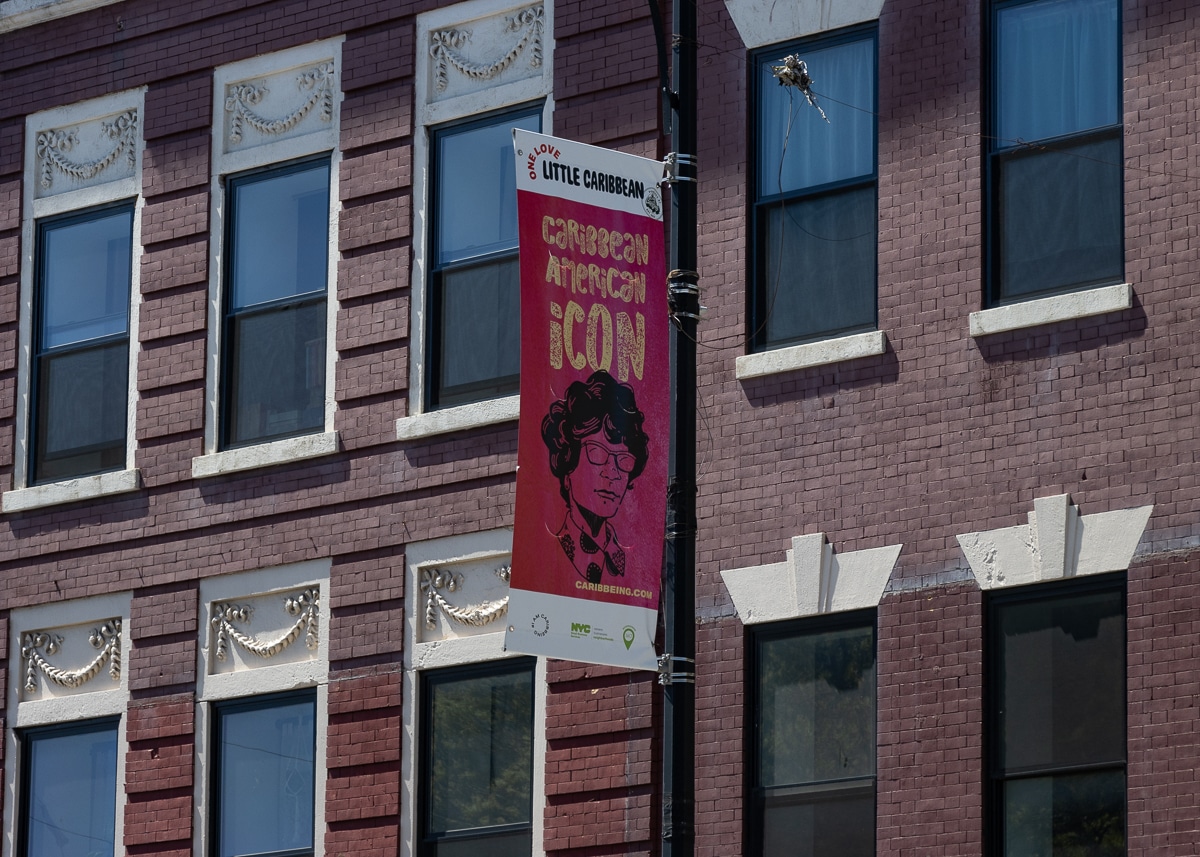House of the Day: 16 St. Charles Place
This two-family at 16 St. Charles Place not far from Prospect Park is in estate condition (our favorite) and seems to have most of its late Victorian goodies in place. We see unpainted woodwork, built ins, pocket doors, mantels, summer covers, a butler’s pantry, decorative plasterwork in the entry, parquet, a pier mirror, a screen, and…

This two-family at 16 St. Charles Place not far from Prospect Park is in estate condition (our favorite) and seems to have most of its late Victorian goodies in place. We see unpainted woodwork, built ins, pocket doors, mantels, summer covers, a butler’s pantry, decorative plasterwork in the entry, parquet, a pier mirror, a screen, and what even might be an original rag-rolled wall treatment in the foyer. It’s going to take some work, of course. The listing doesn’t say, but we’re guessing it probably needs the works. Think it’s worth it, for an ask of $1,300,000?
16 St. Charles Place [Elliot Nicks] GMAP









It may not be far from Prospect Park, but it’s not close. It’s 3.5 miles, which doesn’t make it a first-sentence selling point to me…
Thanks also MM! I know. It perturbs me with the dates they use. The city has my house (and almost every house) on Orient Ave listed as 1920, but my house and 2 others connected all built with the same materials and floor plans inside appear on the 1898 insurance maps. I’ve found an 1896 postcard in the wall addressed to an inhabitant here as well as other 1896-1898 newspaper pieces in the attic. kind of hard for those to appear here if the house wasn’t built until 1920. They were not here on an 1890 map. So somewhere between 1890 and 1896 these 3 houses were built.
Cool. I have always wondered. Whenever I’ve been to open houses or house tours which had them they always looked to me like they were in front of a fireplace. I always wanted to peek behind them lol. That would have been a lot of work to create that jut-out into the room and moulded plaster trim jut-out on the ceilings. Guess they really were designed for upscale houses. I can’t imagine only one fireplace per floor though. Talk about a cold house back in the day. Thanks for the info!
Someone who has a pier mirror – were those always mirrors or did they cover old fireplaces with them back in the day? I always see these in front of what looks like where the wall juts out for a fireplace. And in rooms where they have them, there are no other fireplaces. So I often wonder if those were just very cold rooms in the late 1800’s, or if this was simply the 1920 method to hide an old fireplace after you got fancy and added radiators. Much like what we perceive as fancy old tin ceilings were just the 1920’s Ceilitex equivalent to cover cracked plaster. Just curious what was/is behind the pier mirrors?
yes I saw that too. 3.5 BLOCKS at most – really 2.5 BLOCKS if you take the direct route. It’s 3.5 miles from the new Brooklyn Bridge Park though. Maybe that;s what they meant?
Hi Cate. Ours could have had it in addition to the 4 fireplaces. No idea. It still has radiator heat but with an old 1950’s era natural gas hot water boiler and electric pump system that still works flawlessly and efficiently. The actual radiators could predate the boiler I suppose, but they are the 2 pipe water systems not steam. The fireplaces may have just had a lot of use because people wanted to use them. The house had gas lighting in every room, but no gas to the fireplaces. I saw no evidence of anything coal burning in the basement and since it had natural gas lighting it could have also had natural gas boiler all along too. I really figured most folks historically heated with fireplaces. Maybe thats the southerner in me – pretty much everyone in the south in the olden days burned wood and coal for heat whether in stoves or fireplaces. Some still do!
Interesting. I guess I never realized that. I’m used to seeing the old pictures of the men pushing coal-carts and ash-carts throughout the city and just figured they were from the fireplaces themselves. The 4 in my house were coal fireplaces and appear to have been heavily used back in the day as was the kitchen stove stack.